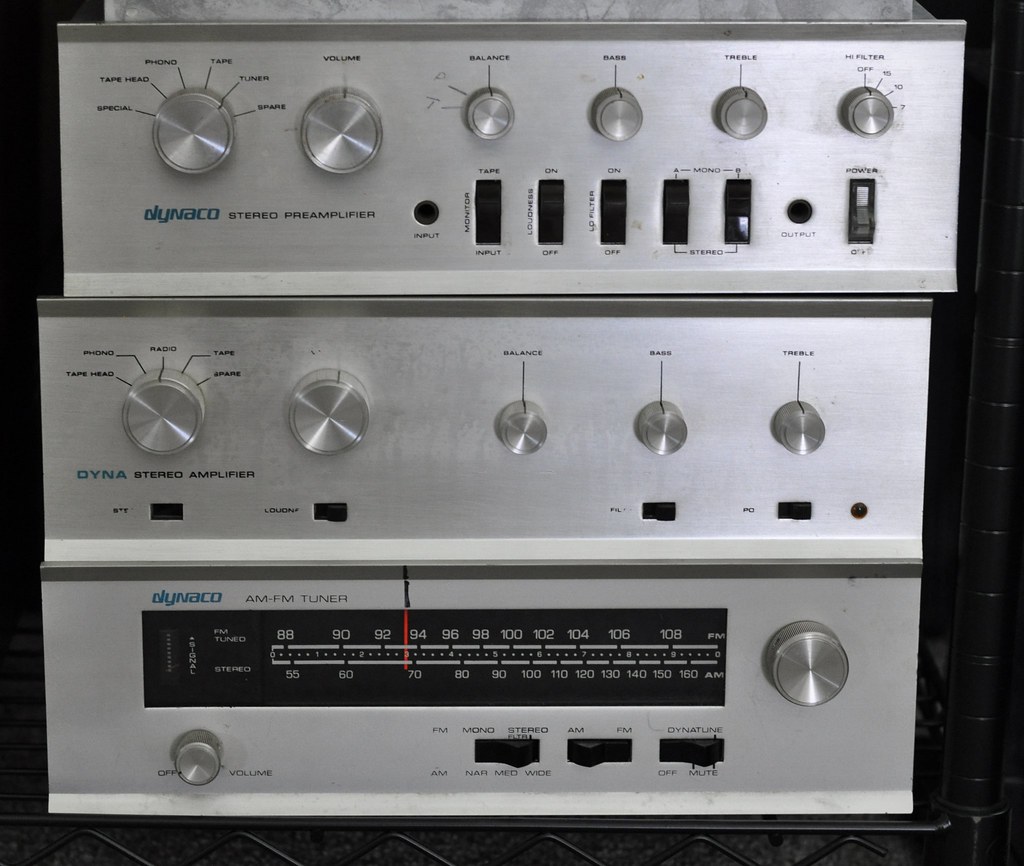rshep
Working my way to 1000 posts
I've always thought the FM5 would be a cool tuner to own being a Dynaco/Halfer fan. It would fit right in with my PAS3 and DH200 amp. I'd like to hear from anyone who might have experience with one.
How does it compare to other vintage tuners?
I would be using it to occasionally listen to our local NPR station that plays Jazz in the evenings. Your opinion would be appreciated.
How does it compare to other vintage tuners?
I would be using it to occasionally listen to our local NPR station that plays Jazz in the evenings. Your opinion would be appreciated.


 DSC_9819
DSC_9819